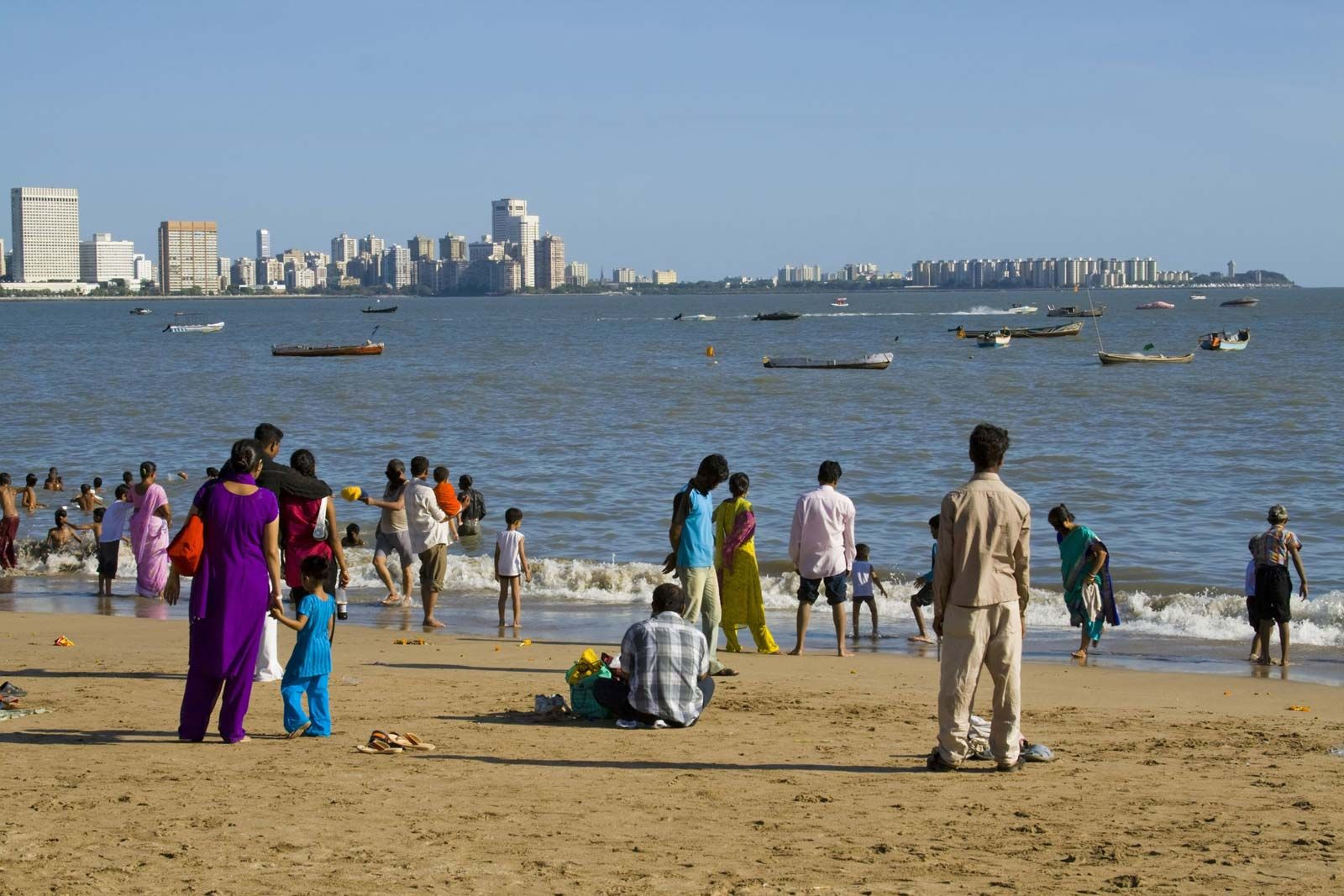Mumbai, often still referred to as Bombay, is a vibrant metropolis located on the western coast of India. But Where Is Bombay exactly, and what geographical features define this bustling city? Understanding Mumbai’s unique landscape is key to appreciating its history, climate, and culture. This article delves into the geographical setting of Mumbai, exploring its island origins, harbor, topography, and more.
The Island City and its Harbor
Mumbai’s story begins with its location on Bombay Island, initially a cluster of seven small islets off the Konkan coast. Through centuries of ambitious land reclamation and drainage projects, these islets were gradually merged using causeways and breakwaters to form the single landmass we know today as Bombay Island. To the east of this island lies the sheltered expanse of Mumbai Harbour, a naturally deep-water harbor that has played a crucial role in the city’s development as a major port and trading center. This harbor offers protection from the open waters of the Arabian Sea, making it a strategic location for maritime activities.
 Aerial view of Mumbai metropolitan area showcasing its peninsular geography and urban landscape.
Aerial view of Mumbai metropolitan area showcasing its peninsular geography and urban landscape.
Topography: Hills, Plains, and the Coastline
The topography of Bombay Island is characterized by a low-lying plain, with approximately 25% of its area situated below sea level. This plain is flanked by two parallel ridges of low hills running along the east and west sides of the island. Colaba Point, formed by the southern tip of the longer eastern ridge, acts as a natural headland, safeguarding Mumbai Harbour from the open sea. The western ridge culminates at Malabar Hill, one of Mumbai’s highest points, rising to about 180 feet (55 meters) above sea level. Between Colaba Point and Malabar Hill lies Back Bay, a shallow bay area. Further inland, stretching northward from Back Bay, the land transitions into a central plain. Interestingly, the northernmost part of Mumbai is marked by a large salt marsh, highlighting the diverse geographical features within the city limits.
 Girgaum Chowpatty in South Mumbai, highlighting the coastal setting and Back Bay.
Girgaum Chowpatty in South Mumbai, highlighting the coastal setting and Back Bay.
From Bombay Island to Greater Mumbai
Historically, the city of Bombay encompassed an area of about 26 square miles (67 square km), extending from Colaba Point in the south to areas like Mahim and Sion in the north. However, Mumbai’s growth spurred expansion beyond Bombay Island. In 1950, the city’s boundaries expanded northward to include the larger Salsette Island, connected to Bombay Island by a causeway. By 1957, suburban municipal areas and neighboring villages on Salsette were integrated to form Greater Mumbai, the vast metropolitan region encompassing Bombay Island and its surroundings. This expansion reflects Mumbai’s continuous urban growth and its increasing importance as a major Indian metropolis.
Natural Beauty and the Harbor Panorama
Mumbai boasts a natural beauty that sets it apart from many other cities in the region. Approaching Mumbai Harbour from the sea offers a breathtaking panorama, framed by the majestic Western Ghats mountain range on the mainland. The expansive harbor, dotted with islands and sailboats, provides safe anchorage and is particularly striking during storms. Elephanta Island, the largest island in the harbor, is renowned for its ancient Hindu cave temples dating back to the 8th and 9th centuries, adding a historical and cultural dimension to the natural landscape.
 Gateway of India and Taj Mahal Hotel on Mumbai Harbour, illustrating the harbor's significance and iconic landmarks.
Gateway of India and Taj Mahal Hotel on Mumbai Harbour, illustrating the harbor's significance and iconic landmarks.
 Entrance to cave temples on Elephanta Island, Mumbai Harbour, a cultural and historical site near Mumbai.
Entrance to cave temples on Elephanta Island, Mumbai Harbour, a cultural and historical site near Mumbai.
The city’s greenery includes iconic trees like coconut palms, mango trees, tamarinds, and banyan trees. While Salsette Island once harbored wildlife like tigers and leopards, these are no longer found within the city limits. Today, animal life consists mainly of domestic species and birds such as vultures, pigeons, and peacocks.
Mumbai’s Warm and Humid Climate
Mumbai experiences a warm and humid climate with four distinct seasons. Cooler weather prevails from December to February, followed by hot weather from March to May. The monsoon season, driven by southwest monsoon winds, extends from June to September, bringing significant rainfall. The post-monsoon season in October and November sees hot weather return before the cycle begins again. Average monthly temperatures range from 91°F (33°C) in May to 67°F (19°C) in January. The city receives substantial annual rainfall, averaging around 70 inches (1,800 mm), with July alone accounting for approximately 24 inches (600 mm).
In conclusion, where is Bombay is a question that leads to discovering a city with a fascinating geographical identity. Mumbai’s location on a reclaimed island, its strategic harbor, varied topography, and monsoon-influenced climate all contribute to its unique character and make it a compelling subject of geographical and cultural interest.
